Levee maintenance is tricky. You see, the levee speeds up the river, causing the water to be more able to carry silt and sand, so the water released for flood control, after dropping all the silt behind the dam, is now called "Hungry Water" and causes severe erosion. The faster the water, the more it erodes. This is a basic fact of Hydrogeology, something I learned in college as part of my degree.
Since levees are built of dirt, and the slow time of year drops more silt, the river gradually rises higher than the surrounding land, so they build the levee higher. Rivers, thanks to physics, naturally twist and turn, dropping sediment on the inside of the turn and eroding hard at the outside where the current is faster, the water more hungry. This forces the levee engineers to reinforce the levee so it doesn't break, increasing the turns. They then argue for straightening the levee course to stop that erosion, but that just pushes the problem downstream. Then a flood comes and the river ignores those turns and flows over everything, cutting a new path. The cutoff part is an oxbow lake, aka a bayou. In flat ground this isn't a big problem. On a river controlled by levees with ever-rising river-bottom and ever eroding levees and the legal hassles of land ownership, it can be a disaster waiting to happen, and nobody wants to hold the bag when the levee breaks.
Here in the PRK there have been many levee breaks since we built them during the Gold Rush. Marysville used to have annual flooding. So did Stockton, which is about 14 feet below the river level. Sacramento got so tired of floods in Old Town it filled in its first story, paved 10 feet higher, and now the buildings in Old Town have their main entrance on the 2nd floor. Most visitors haven't a clue. Oakland did the same thing. Lake Merrit was actually a tidal lagoon. The canal for that still exists, under people's homes. That's hilarious until it floods. Old Downtown Oakland is all 2nd floor on the street level. Most of the buildings have "basements" which look remarkably like shops customers would visit. Its the flooding that gets people to take desperate measures.
Fixing the levees is expensive. A trillion dollars expensive, and most of what is saved is farmland. Those people don't have a trillion dollars to pay to protect their topsoil. Farmers are very bottom line people. If it costs $2000 in veternarian charges to save a $1200 animal, they put the animal down and move onto the next problem. If the gate squeaks and barely works, they don't fix it because it works, barely. Farmers don't have time or money to waste on frivolous expenses, not when they might not be able to afford shoes this year. That's the problem with a commodities driven marketplace. Its funny how American Liberals are perfectly willing to offer CSA support to the 3rd world, but ask if they'll do CSA in the USA? Nope. I'm working on them about that at my job. I'm hoping to find both the right product and the right way to ask. Technology used to control grape juice hydration levels for better wine would ALSO work to produce better herbs for the essential oils I sell. And that would mean American Jobs. Assuming labor costs aren't the real deciding factor. Anyway, farmers are too poor to pay for levee repair. And repairs are temporary thanks to physics. The river will keep eating them away until they fail. Nature and chemistry and physics are all about lower energy values and the river on the plain is lower energy than trapped in the levees. This is the reality of Entropy.
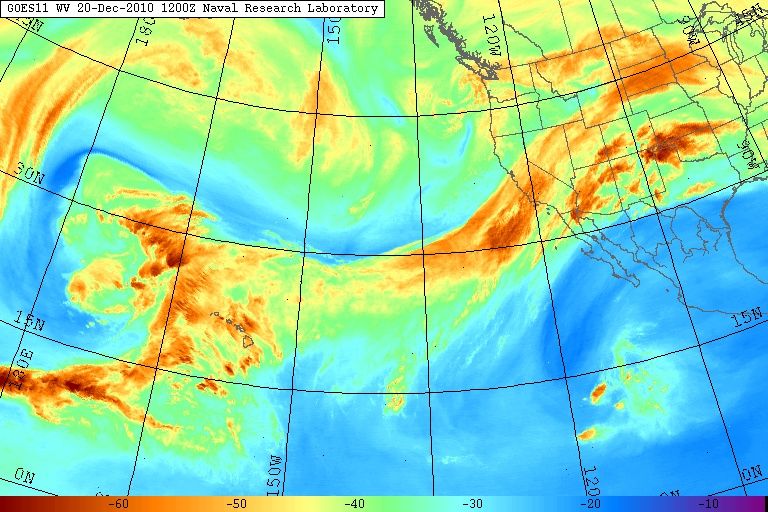 |
| Atmospheric Rivers, 100 inches of rain. |
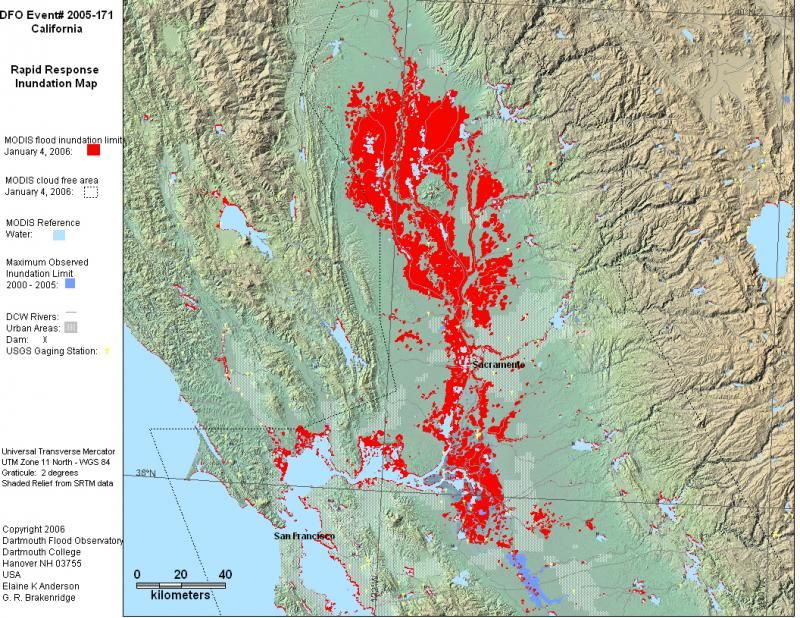 |
| All the Red Spots could be Swamp or Lake someday. |
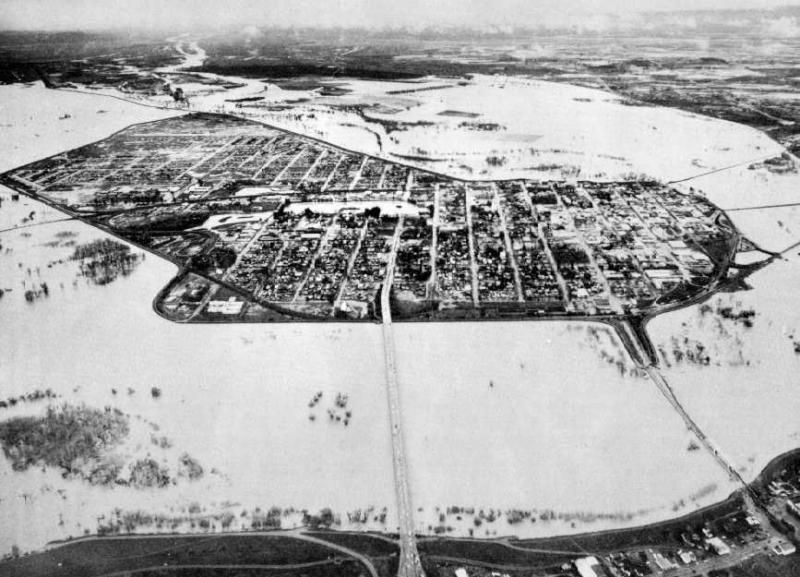 |
| Marysville, 1955. |
When the levees fail near Isleton, the tidal surge will flow into the islands and into the Byron Forebay, where the Byron Pumps are that pump fresh water south to LA and West to Livermore and San Jose. There are 20 million people relying on that water in California. If the Salt gets into the aqueduct system, it is hard to get out. Salt poisons plants. You can wash it away by soaking with clean water, but that crop is DEAD, and the soil fertility is also ruined since the humic and folic acid wash away, and any aeration is largely gone by all the soaking. There are many orchards using that aqueduct so those trees would die. The fields of tomatoes MIGHT survive some salt, but might not. All that consequence from a levee failure and the tide coming in. California is in a very precarious position. And its going to cost a lot of money and effort to delay nature resuming control. And you can only delay, not deny. Even if you took the extreme step of filling in the islands and importing topsoil and tranplanting the trees in the orchards from the bottom to the top, above the high tide line so flooding is impossible, even if you spent those trillions, you still have to deal with the river channel moving and eroding. Its just a more controllable disaster. As the PRK is really bad about thinking ahead, since everyone wants to get rich quick here, that won't ever happen. We're more likely to live through the failure and the resulting famine and the collapse of the state economy and the abandonment of San Jose and Los Angeles.
Since the Greens won't support levee maintenance, and the farmers are begging alone, they should bail out and stop pretending. There's around $3 billion in agriculture in lands that can be flooded, in the PRK, annual revenue. $1 B in Marysville alone. If we do nothing, following the current Greens demands, we lose that. And 400 million Chinese, Indian, and Japanese people die. Is that okay with you? No, me neither. Wars could follow famine. They usually do.
I do wonder what crossing the central valley will be like when its swampland and flooded for four or five months a year during the rains. Will we have money to build bridges and causeways when all the farmers are bankrupt or leaving the state? Will we drive around it? Will we need to take car ferries or use bass boats across the shallow lakes, or will it just be discarded as a total loss and farmers move somewhere the levee tax isn't half your profit. Considering that Malaria will make a comeback with all the flooding, I'm not sure how willing I'd be to grow stuff in a commodities market and a fluctuating price and my potential buyers are so hungry their currencies are going nuts too. Might lead to giving up growing their food, which makes them more unstable for the other farmers. A compounding problem. CSAs would help share the risk, and maybe pay for farmers installing their own personal levees around their fields. That's a lot of bulldozers and diesel fuel in Peak Oil times. How long before that investment amortizes? And how high do you build them? An inch too low = failure.
Levees have a whole slew of unintended consequences associated with them. The costs of keeping them are high. The costs of losing them are astronomical.
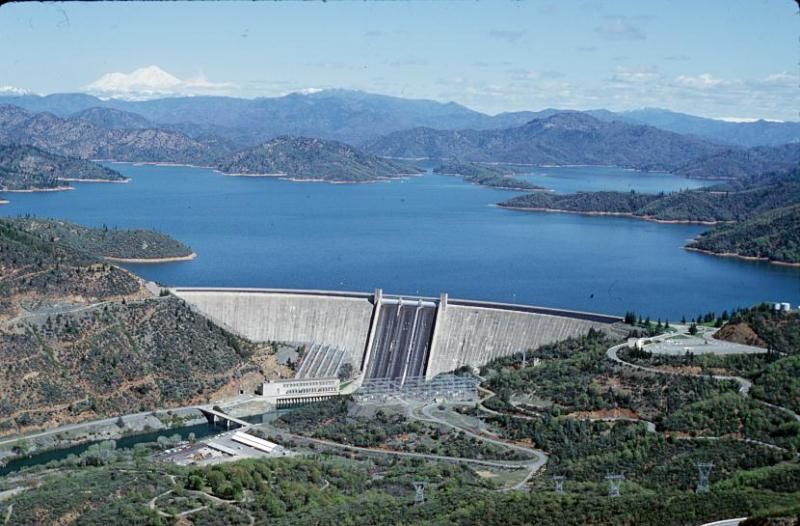
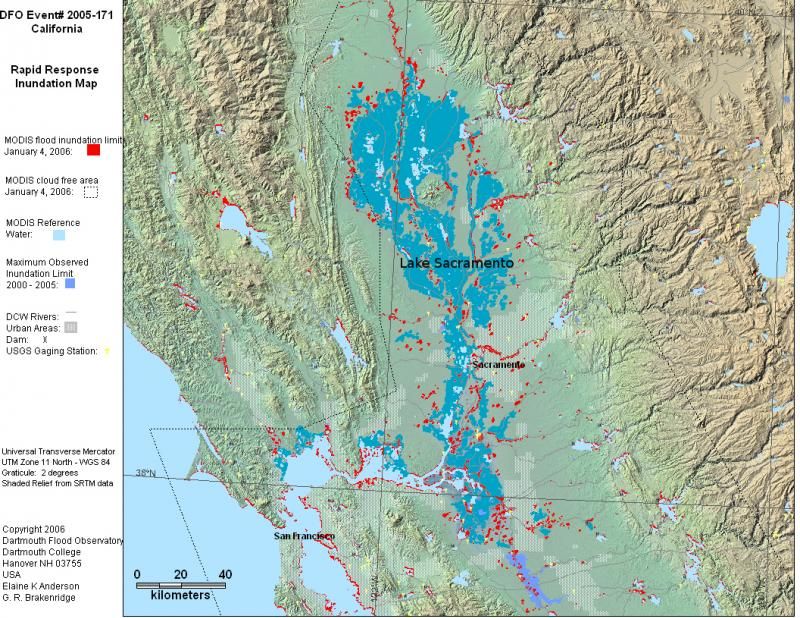
No comments:
Post a Comment